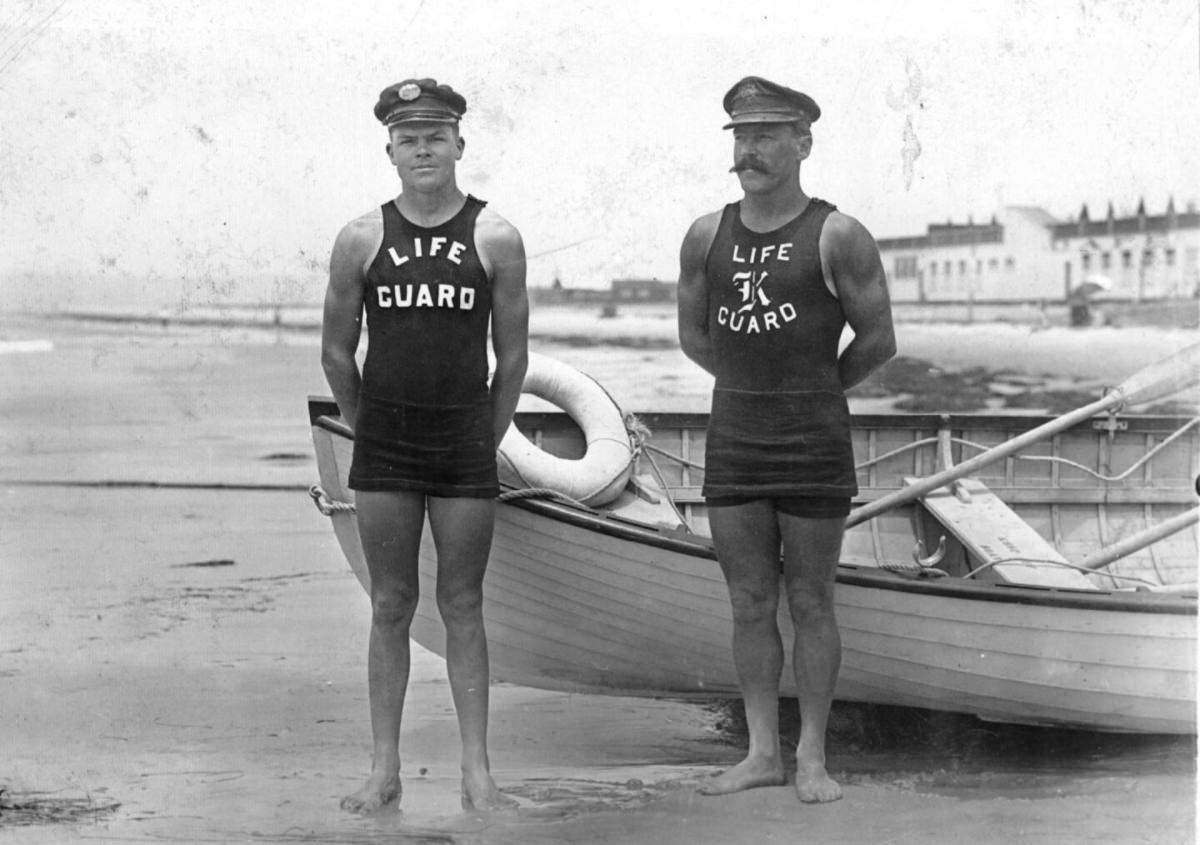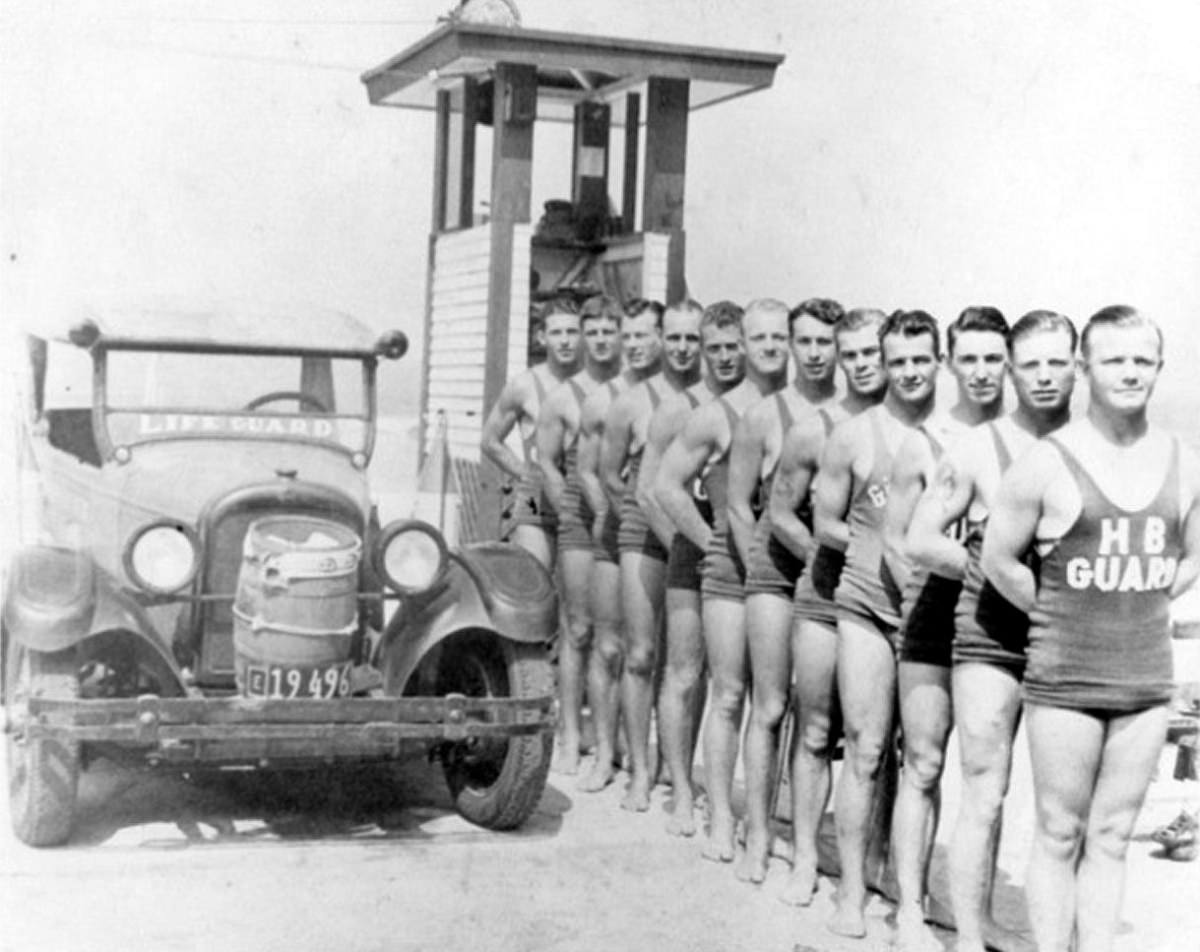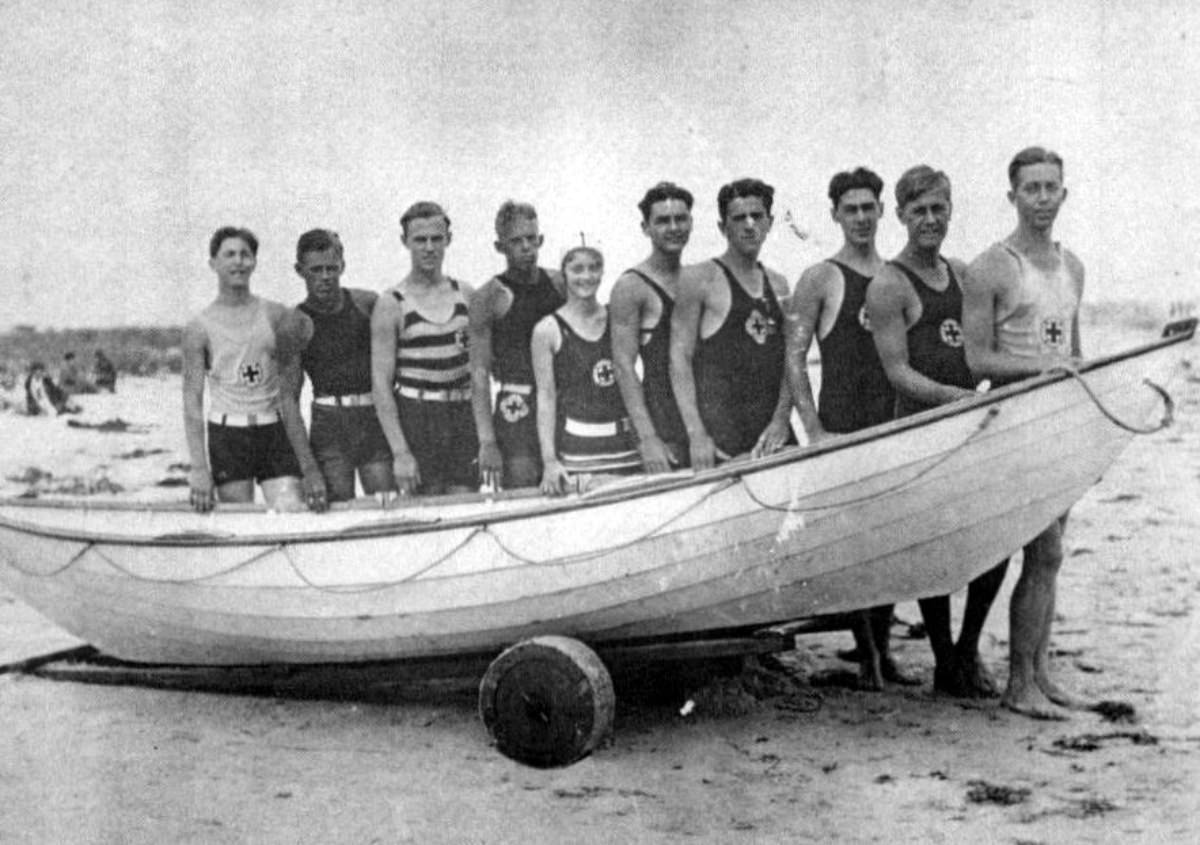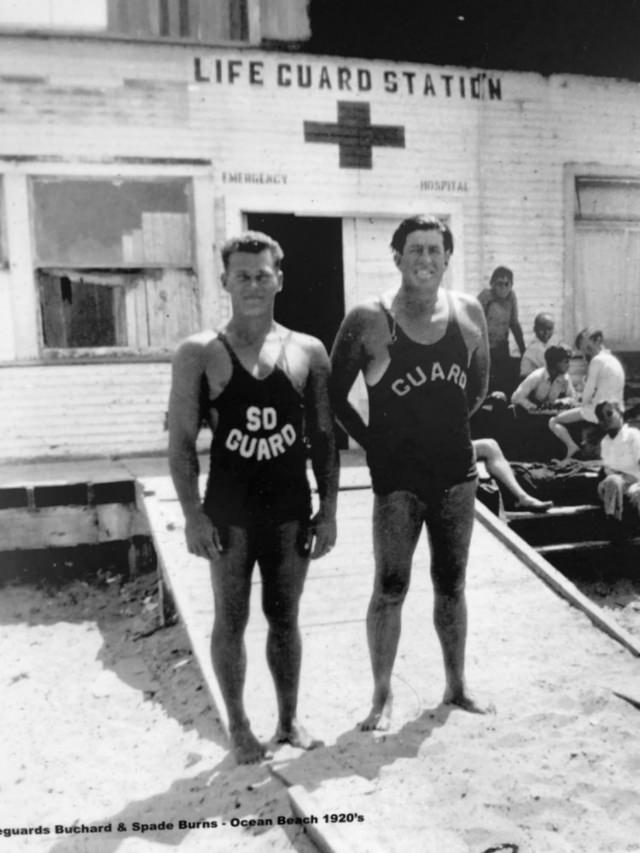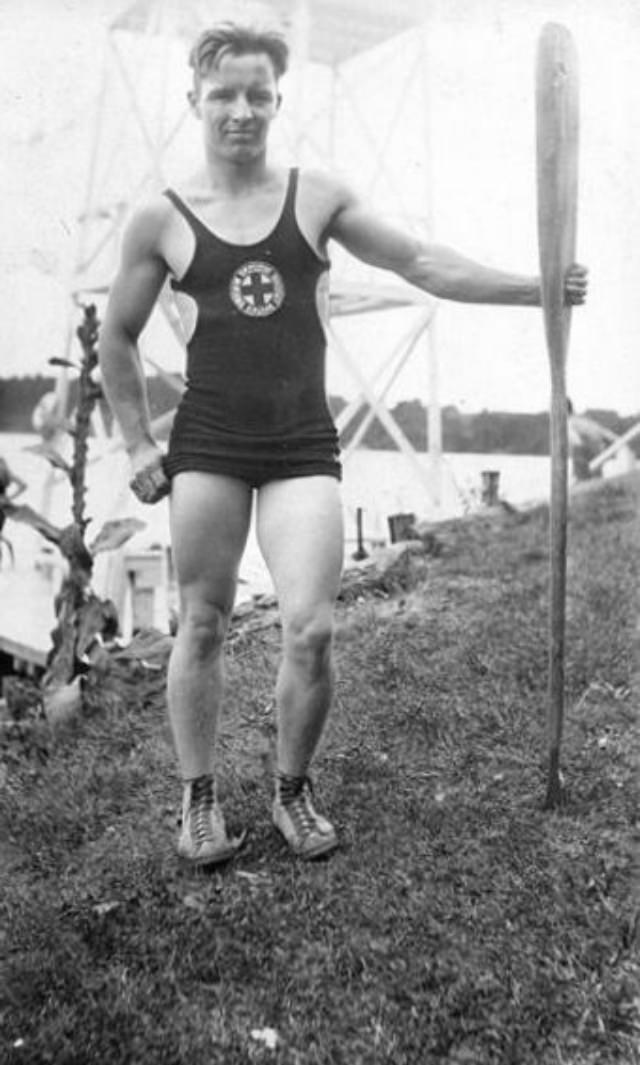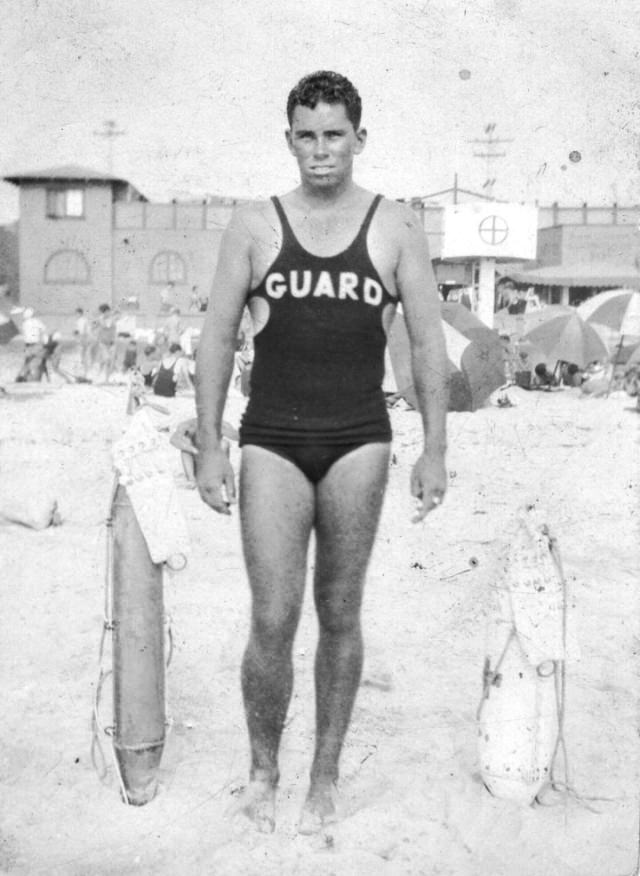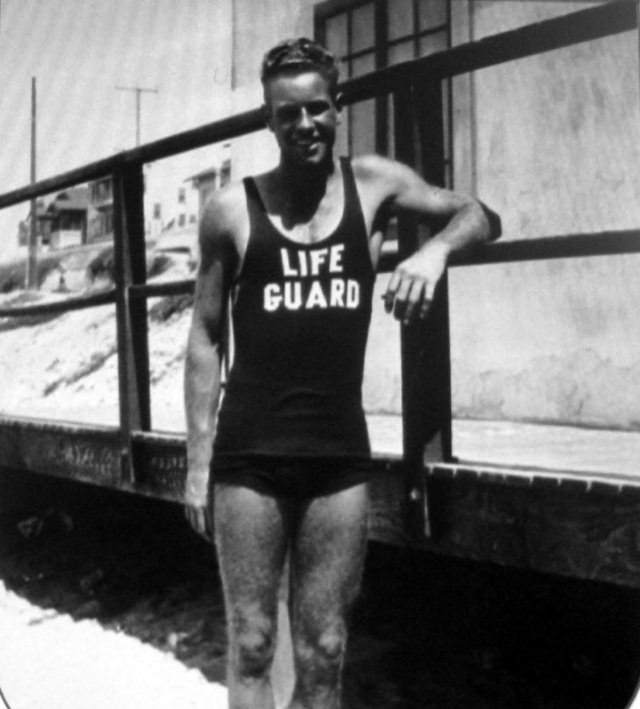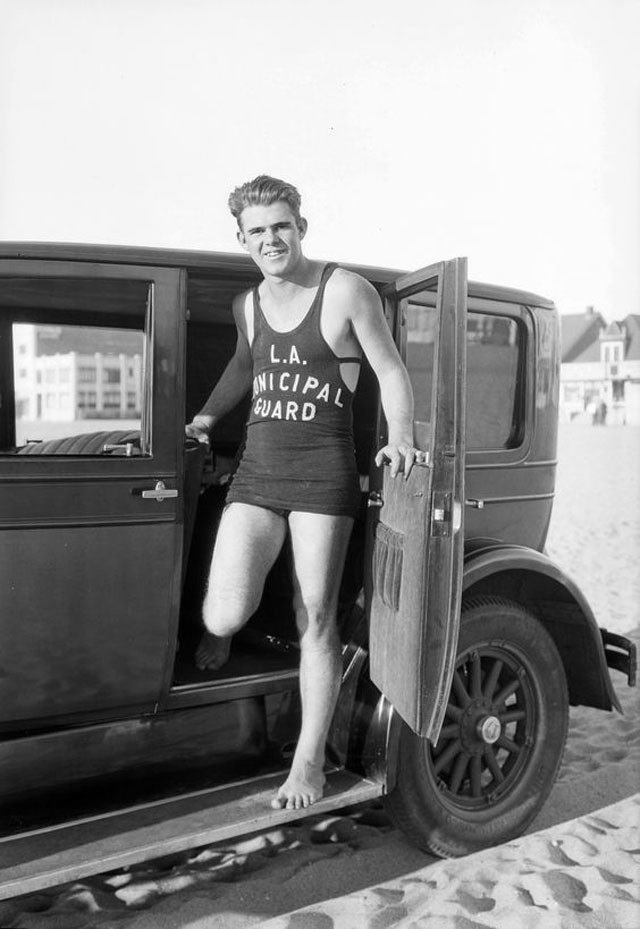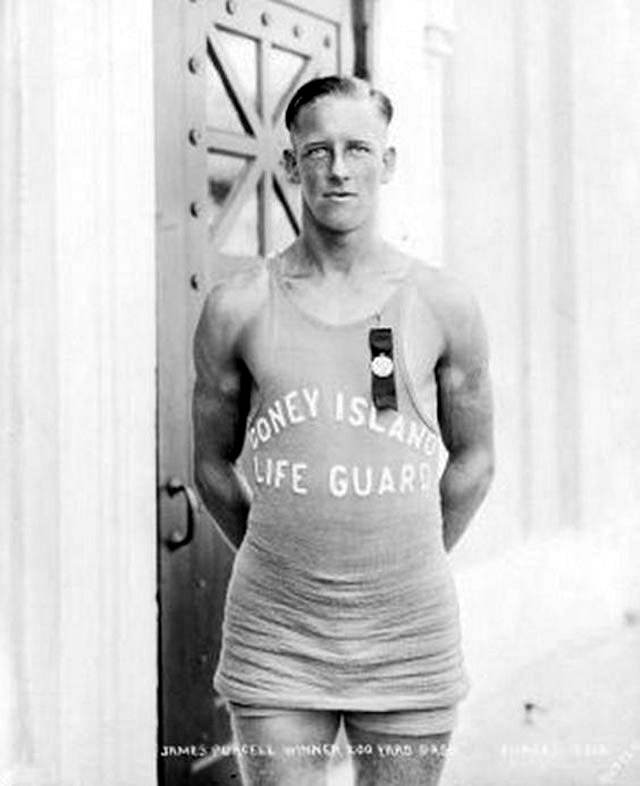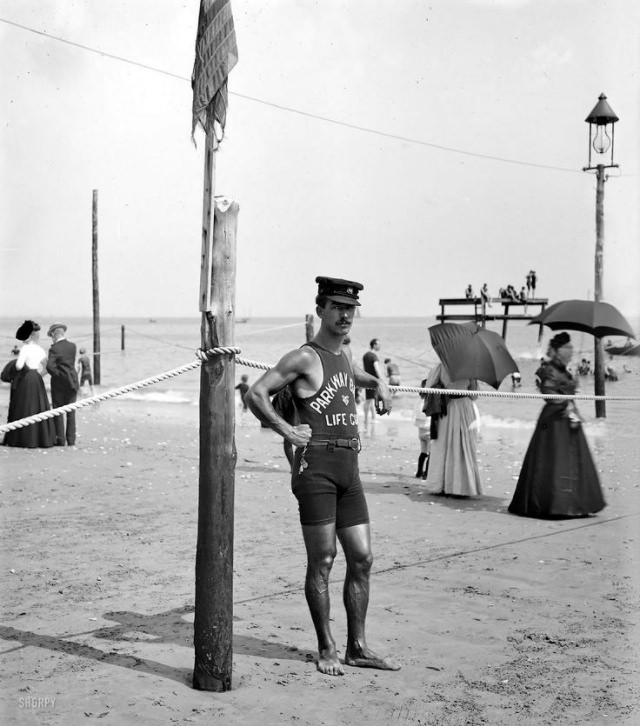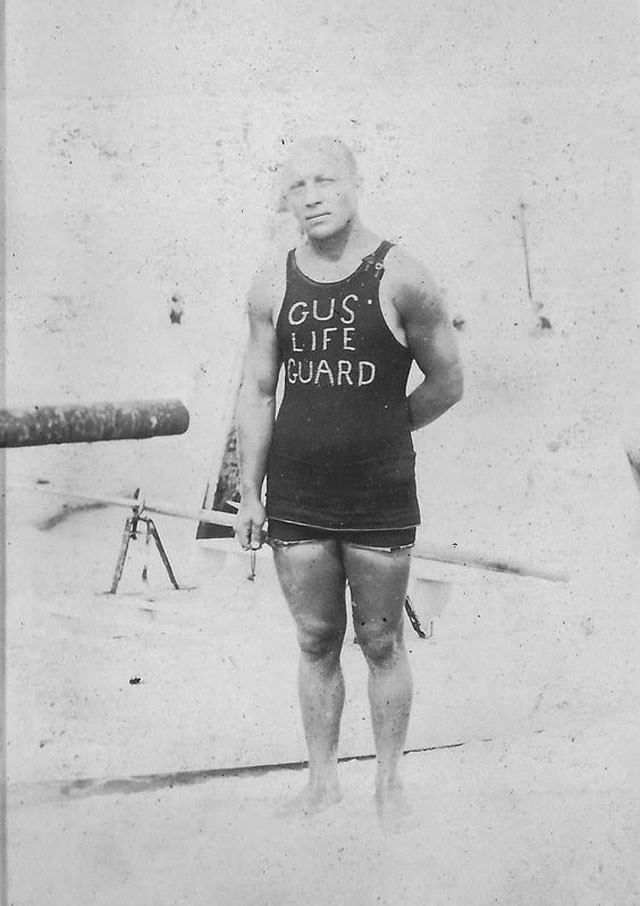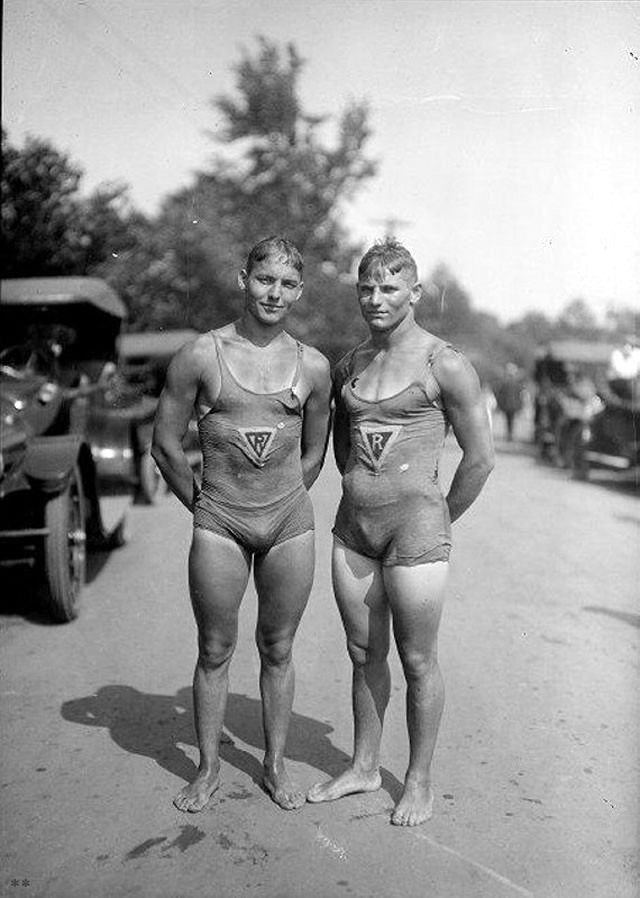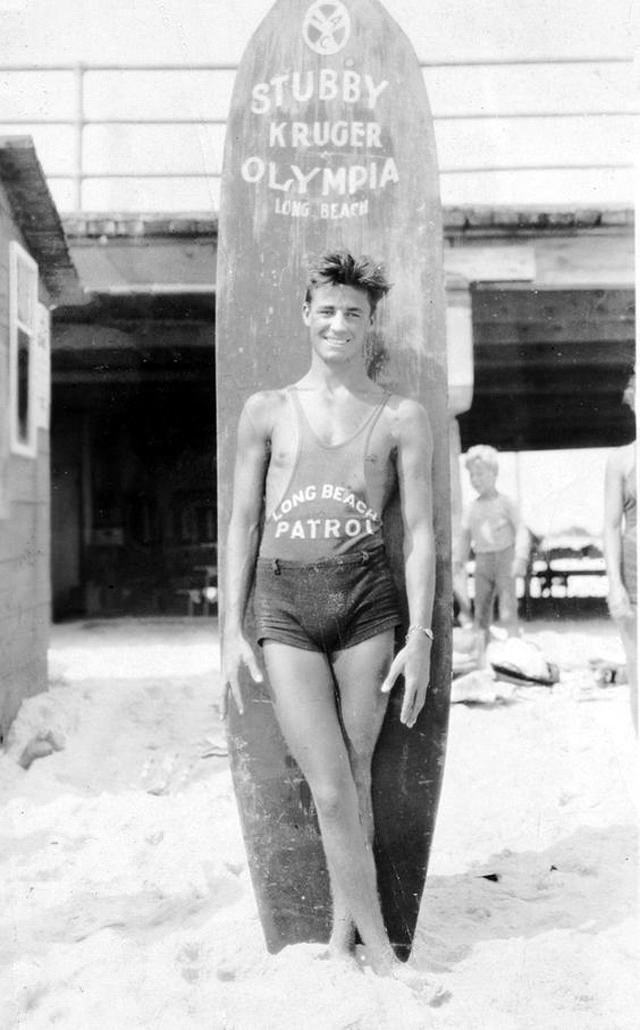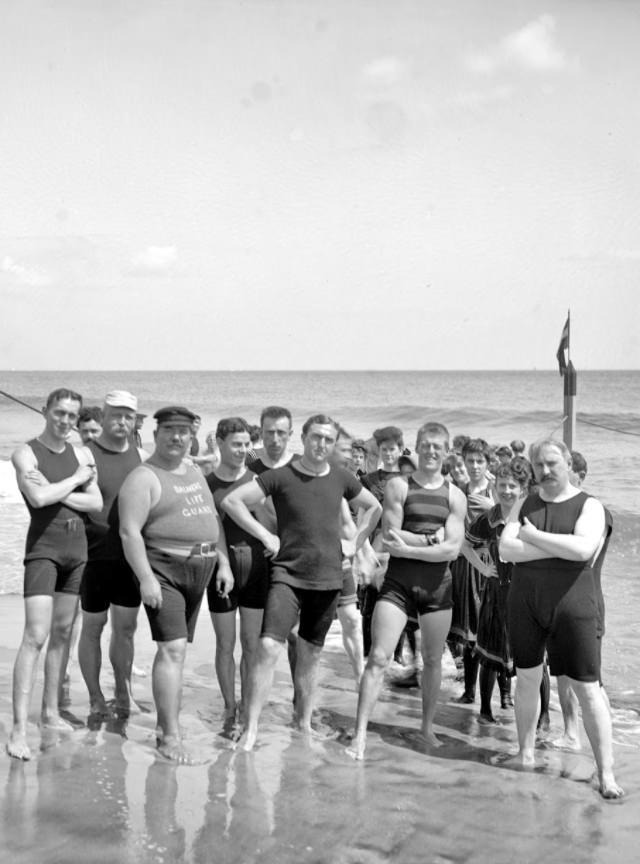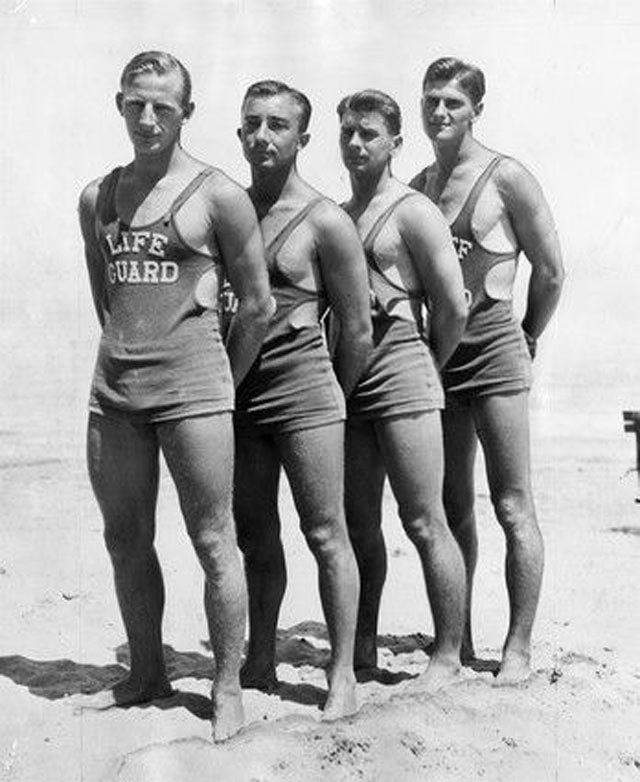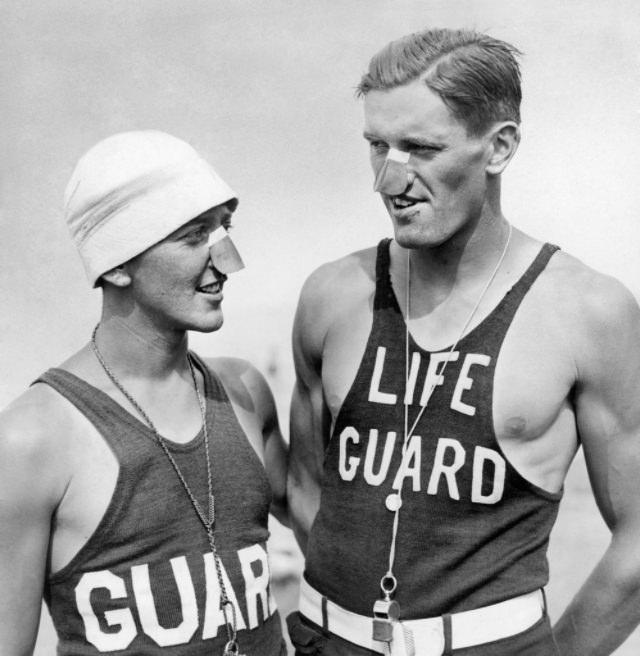In the early 1800s, bathing, now called swimming, became a popular recreational activity in the US. In Atlantic City and New Jersey, entrepreneurs-built resorts to attract people from inland metropolises to escape the summer heat. Drowning rates increased along with the popularity of water activities. In the United States, 9,000 people drowned every year by the early 19th century.
The eager businessmen installed lifelines. However, they proved ineffective because struggling swimmers did not have any way of grabbing onto them once they were inside the “Drowning Chain”. Captain Harry Sheffield of South Africa developed the first rescue float between 1910 and 1915, thanks to Duke Kahanamoku, one of Hawaii’s first original watermen. In some communities, police officers perform water rescues, but this diverts resources from law enforcement. Eventually, municipalities began to hire men and women specifically trained to rescue people from the water. They were called “lifeguards.”
The Young Men’s Christian Association (YMCA) developed the National Lifesaving Service in 1912 because there were no lifeguards in public bathing areas. Commodore Wilbert E. Longfellow founded the American Red Cross Lifesaving in 1914. This organization trained swimmers throughout the United States in lifesaving and resuscitation, organized them into volunteer corps and encouraged them to supervise bathing activities in their communities.
Initially, lifeguard training programs’ rescues became necessary: preventing drownings and protecting oneself in an emergency. Non-swimming rescue methods, such as throwing a rope or floating object to the person in the water, were encouraged. Lifeguards considered swimming rescues a last resort due to the dangers posed by panicked swimmers. However, in the United States, swimming rescues were soon unavoidable for professional beach lifeguards. Special tools have been developed to assist with swimming rescues, such as the landline and the dory. Lifesaving devices have been improved over time by beach lifeguards in the United States. Rescue buoys, rescue tubes, and rescue boards are commonly used at beaches, pools, and water parks worldwide. Today, many beach lifeguards use powerboats and personal watercraft to quickly reach off-shore swimmers in distress and use scuba equipment for deep water rescues.


